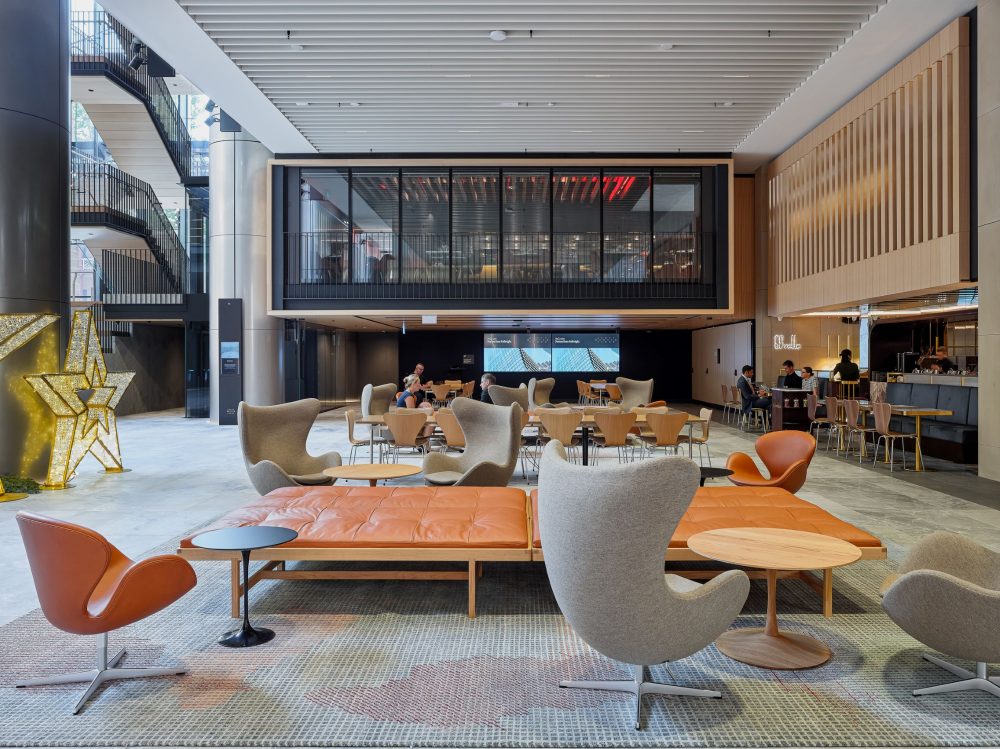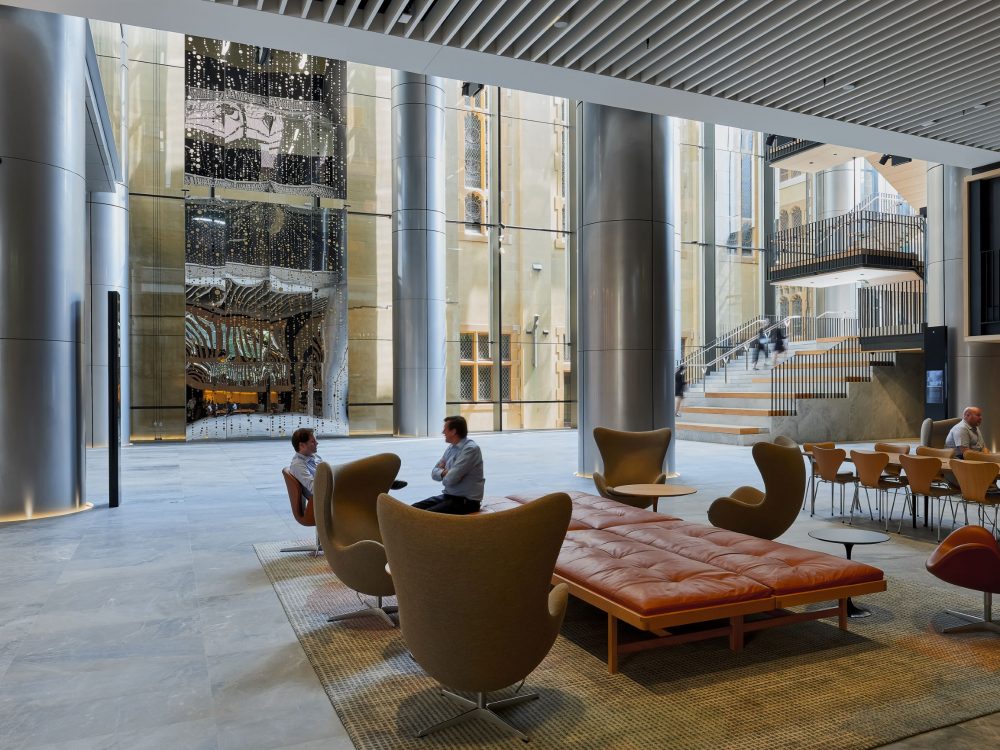Hassell’s Matthew Blain shares the catalyst needed for change in corporate real estate, and why we must truly embrace and drive this transformation.

The corporate real estate sector isn’t immune to the rapid advances in technology that are disrupting so many established industries across the globe. Over the next three to five years, changing expectations and demands of workplace occupiers will shake up the industry and significantly influence the real estate strategies of developers and investors.
While these changes undoubtedly put pressure on corporate real estate, many can be seen as opportunities. Accelerated growth in both start-ups and established large occupiers, plus alterations to their operating models, mean they are demanding more flexibility – and signalling their willingness to pay for it.
Expectations of lease terms are also being overhauled. London’s traditional 15 to 20-year leases and the 10+ year leases in Australia and the USA are now aligning more with Asia, where three to five-year leases are standard.
Not only have leases got shorter, but in the UK as an example, 75 percent of occupiers at the lease break option, choose to vacate their premises. They don’t move just because they can, they do so as their space no longer provides them with the service they need or seek. The reality being there is a lack of building product that fits the demand in the market.

Some things aren’t changing, however. Physical space and location continue to be the foundations around which real estate value is created – but shifts in customer expectations are disrupting how that value is delivered, requiring a range of new skills. So it’s important to determine exactly what customers expect and what it all means for the industry.
For some time, work has not been defined by a boundary – it can be done anytime, anywhere. The role of the office has fundamentally changed so that if it isn’t somewhere you have to be, it must be somewhere you want to be. Tomorrow’s workplace is all about collaboration and harnessing the energy and power of teamwork. It’s no surprise that occupiers don’t want to be at the mercy of change-resistant developers or to consider outdated building stock that’s long been an easy sell for real estate brokers.
Agents and landlords have taken occupants for granted for too long, with minimal change in the fundamentals of an office tower. Modern organisations increasingly want to drive the outcomes and experiences for their people over the terms of their leases – beyond just the space they occupy and into the whole building.
Tenants of today, and the future in their own organisations, are committed to an approach that puts people first, to retain their greatest asset. To do this they want an architectural response that creates an activated building framework, which can facilitate new forms of interaction between communities, encourages creative encounters, and blurs the boundaries between the way we live, work and play, and the fabric of the workplace and the city around it.

New York’s Hudson Yard and 22 Bishopsgate, London are two high-profile models of the ‘full building experience’, despite appearing to be typical office towers with standard offerings. By offering layers of technology and personalized experiences – tapping into what co-working and hospitality brands have offered for years – both buildings have attracted desirable tenants from across sectors.
These are just two examples of recent developments that are seeing space as a service and shows another fundamental change in the real estate industry – product industry thinking applied to a building which dismisses the logic that you cannot earn more money when you brand real estate. These two developments are “brands” that are globally powerful. The real estate industry is no longer about real estate, it’s about creating attraction, belonging and involvement just like a brand.
It’s about more than space. Activated building frameworks go beyond rooftop clubhouses or token lobby cafes. Occupiers want flexible frameworks geared to fuel social interactions between tenants, with strategies and enhanced programming to supercharge the public realm and draw that energy back into the workplace to create a genuine vertical community.
To truly unlock the potential of a building and meet the changing demands of tenants, developers must understand future users and their communities. By simply putting people first they can create authentic places and experiences that resonate with those using them.
For developers and investors, understanding the current workplace disruptions is vital to being prepared for the future. They are not just rent collectors, but service providers. They need to create strategies that authentically address future business needs and ensure their design solutions are future-proofed. It’s vital to learn from experiences in other industries and address key patterns to create relevant, inherently creative designs that lead to healthy buildings for tenants and the community.

This means the asset must be capable of constant adaption, including new metrics and models for valuation. Determining if it delivers experience, flexibility, productivity, wellness and sustainability, and ultimately, does it create brand loyalty?
Critically, developers need to develop a vision for the user experience at the outset, developing ongoing experience management strategies to ensure the real estate is relevant to the contemporary working experience.
In this dynamic environment, implications for the commercial real estate sector are complex. Those who occupy real estate are in the position to push for change and force their expectations on the market through lease expires or redevelopment. Real estate professionals are not driving these commercial changes, but they must react to them.
Meanwhile, real estate owners, investors, developers and managers need to take notice and adapt building operational models and the design outcomes of their developments. Architects need to put occupiers first and design buildings from the inside out, challenging site constraints with innovative outcomes. Owners need to offer occupiers access to infrastructure and amenities beyond their workplaces; branded, ever-changing ‘full building experiences’.
Each of these players can become a catalyst for change, but to truly embrace and drive this transformation – both commercially and culturally – clients, owners, investors and developers must work together. An inability to evolve could be fatal.

